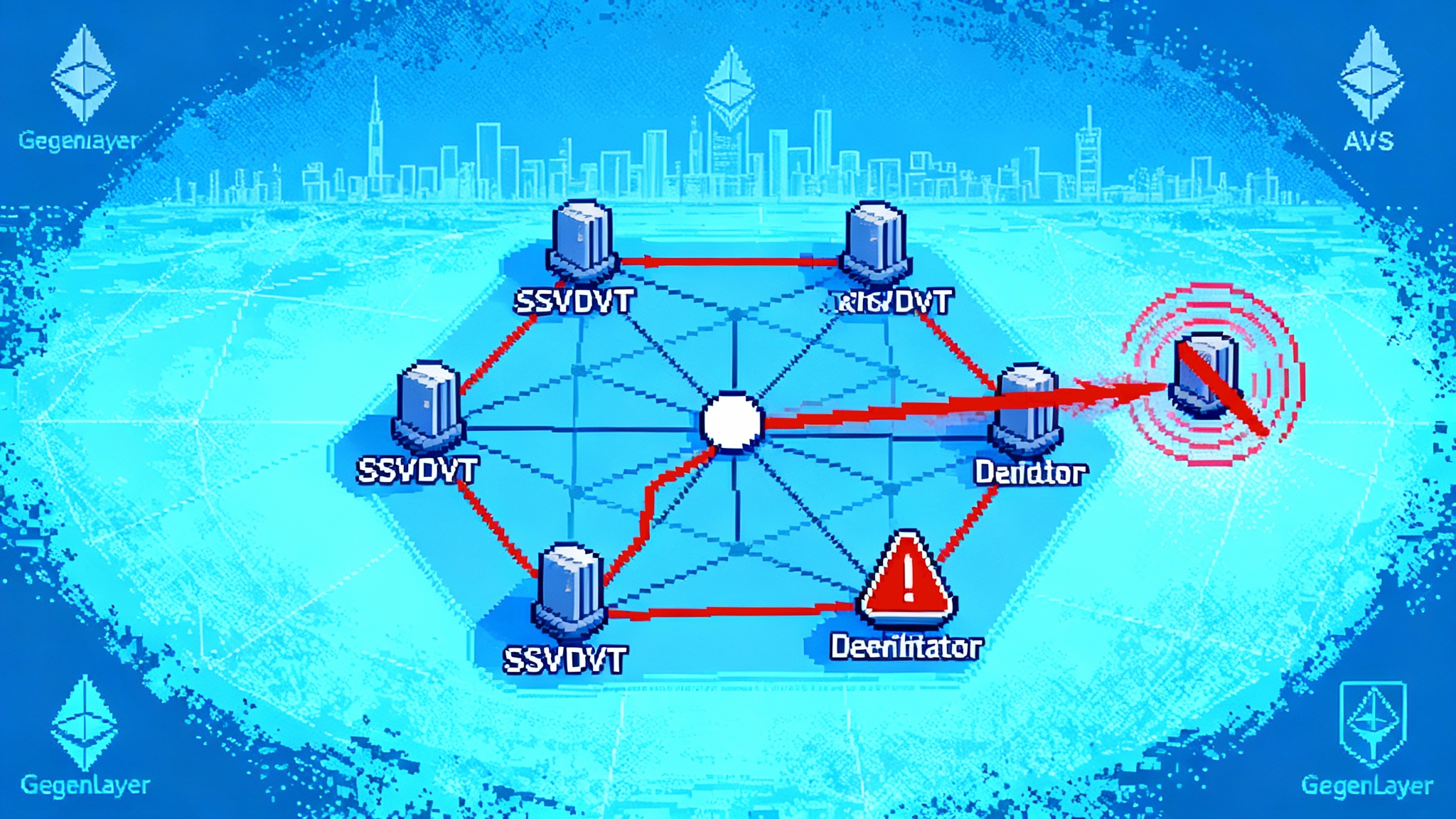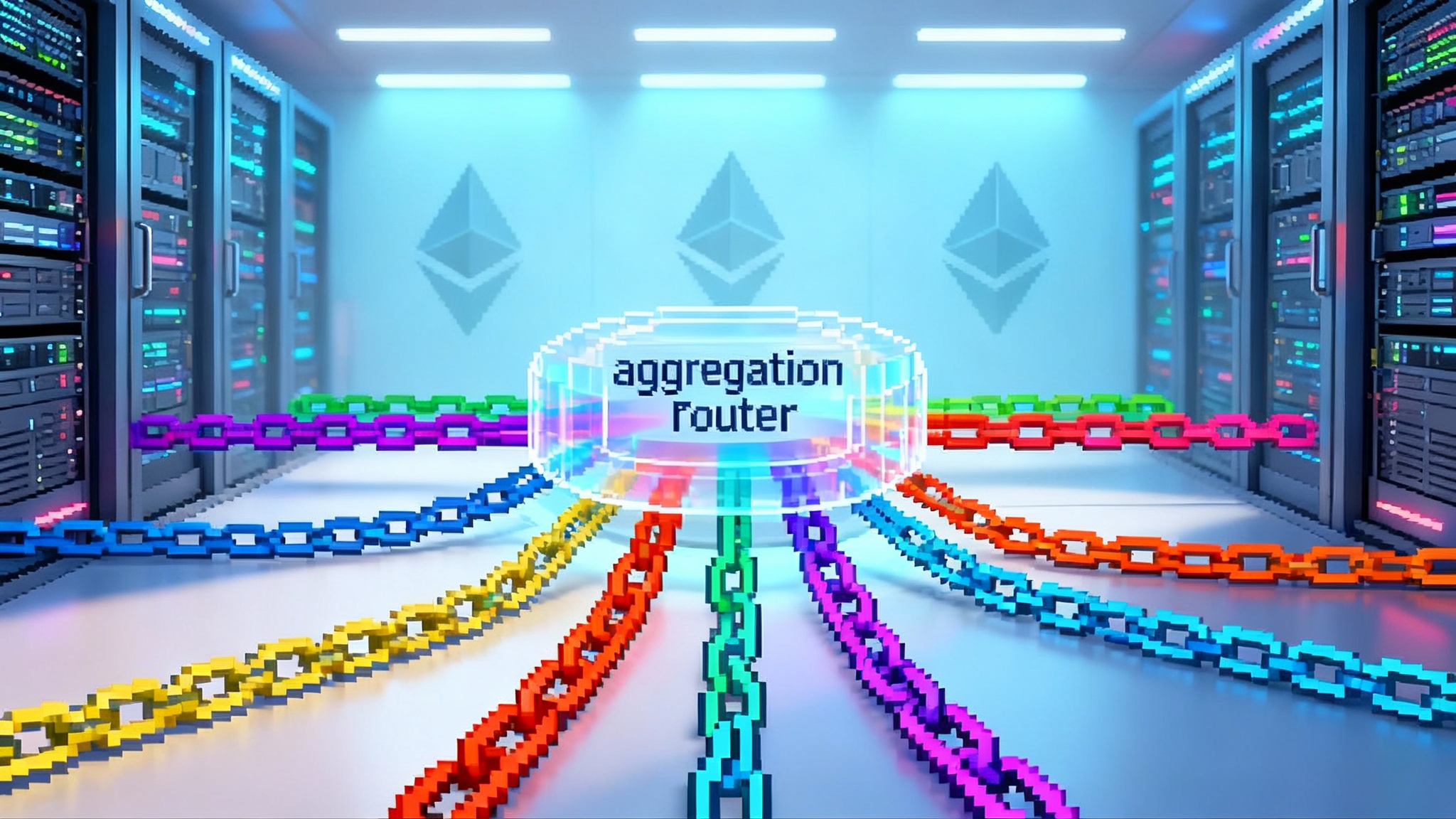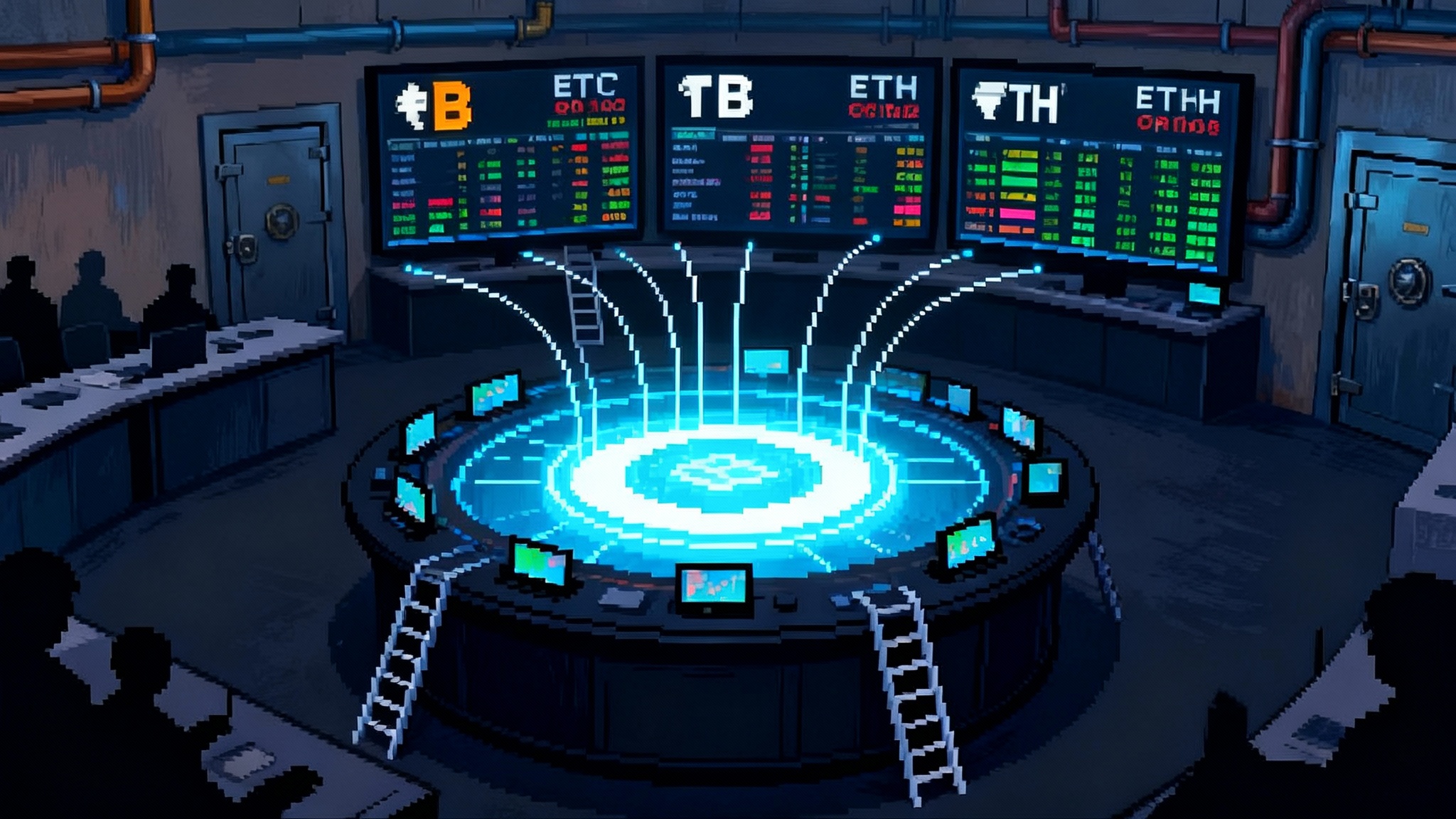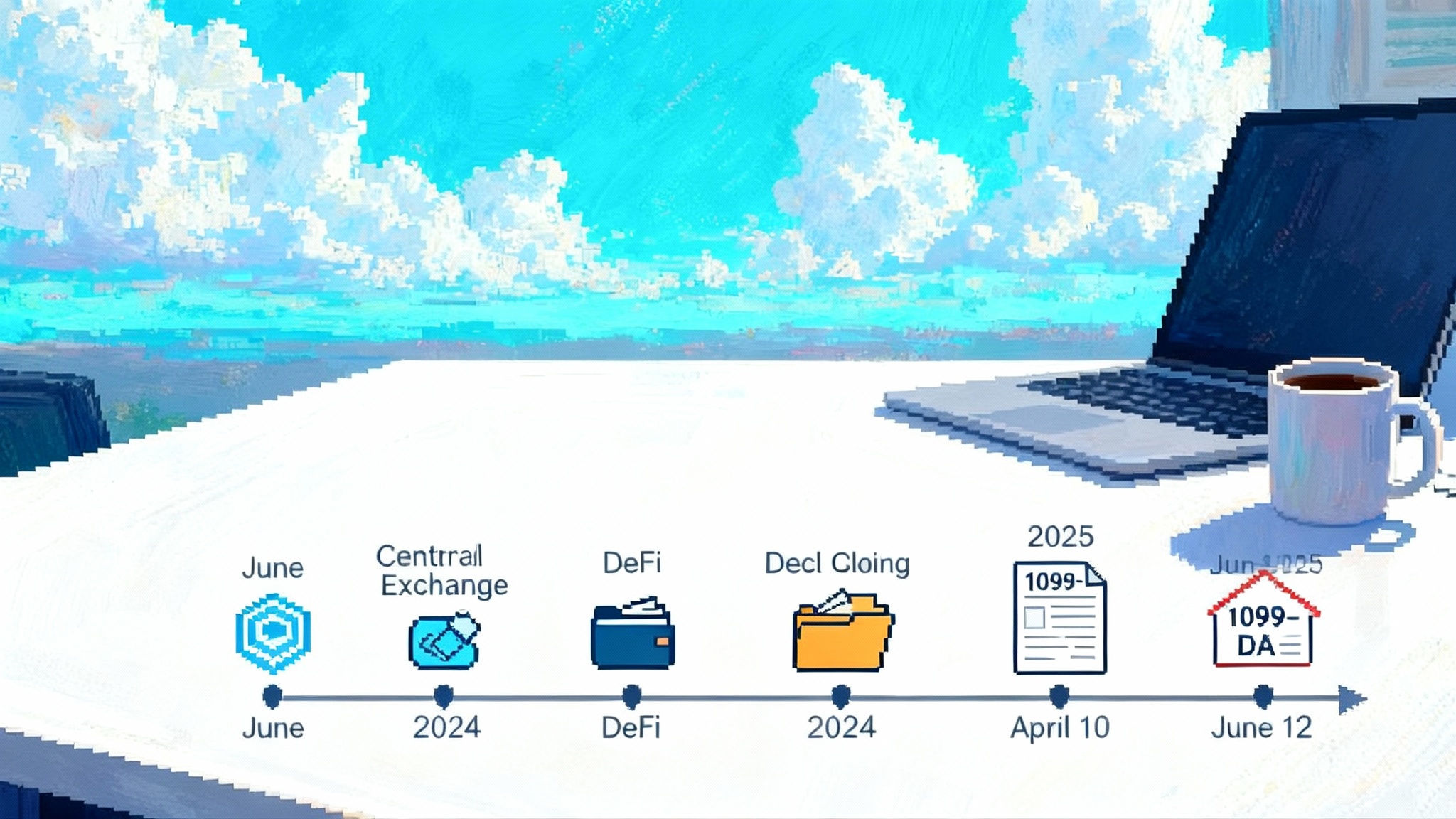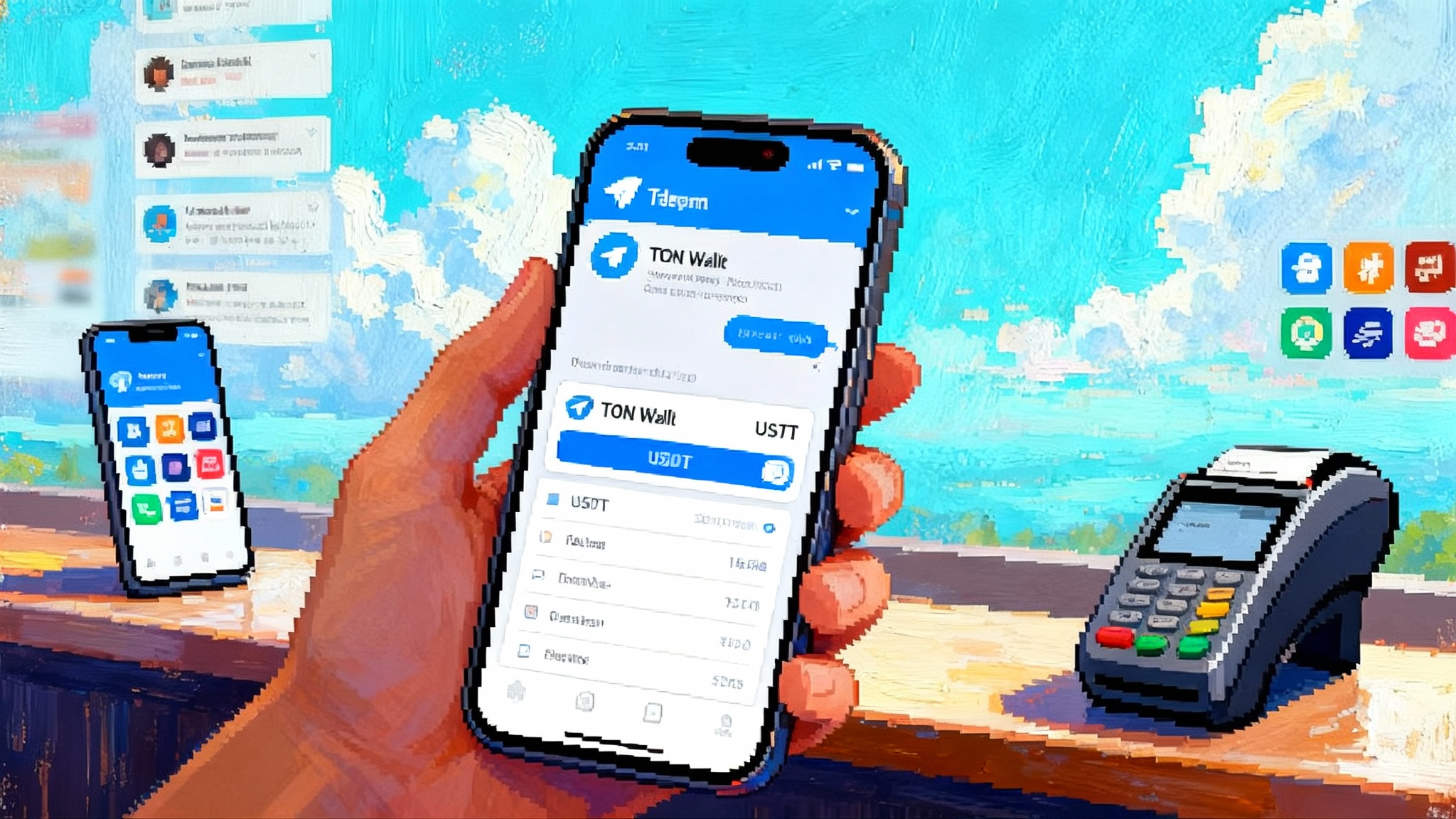Alpenglow Approved: Solana Targets Sub-150ms Finality
With Alpenglow approved in September 2025 and multiple validator clients advancing, Solana is preparing its biggest leap yet. Here is how sub-150ms finality could reshape exchange settlement, DeFi, payments, and cross-chain bridges over the next two quarters.

The vote that unlocked Solana’s next act
On September 2, 2025, the Solana validator community approved Alpenglow, a sweeping consensus overhaul that aims to shrink finality from roughly 12.8 seconds to about 150 milliseconds. The result was decisive and it sets Solana on a path toward a new latency regime and a more diverse validator stack. If you build, trade, or run infrastructure on Solana, the next two quarters will be defined by how quickly you adapt to this new reality and how carefully you manage the risks it introduces. For governance specifics, see how Blockworks reports Alpenglow approval.
This piece maps the implementation timeline, second-order effects on core workflows, the risks to plan for, and the KPIs that will separate signal from noise through Q4 2025 and Q1 2026.
What Alpenglow changes under the hood
Alpenglow replaces the pair that have anchored Solana since genesis. TowerBFT and the Proof of History scaffolding give way to a leaner design built for deterministic, subsecond settlement.
- Votor is a direct vote finality engine. Instead of noisy on-chain vote transactions and multi-round waiting, Votor aggregates validator signatures off chain and emits compact certificates. In the fast path, one round is enough when most stake is responsive. In degraded conditions, a second round closes the gap.
- Rotor is a redesigned propagation layer. It replaces Turbine’s multi hop tree with a simpler path that focuses on shorter, stake aware dissemination. The target is fewer hops, less jitter, and faster convergence.
The net effect is finality at the speed of wide area networks rather than blockchains as we have known them. That does not make physics go away, but it changes what is possible on an L1 without handing critical paths to a separate sequencer or L2.
A multi client mainnet starts to crystallize
Alpenglow lands alongside real movement on client diversity. Agave, the Rust client maintained by Anza, remains the dominant implementation. Its scheduler and networking changes over the past year have shaved latency and reduced gossip load. Firedancer, a ground up C++ client from Jump Crypto, is progressing from the long running Frankendancer hybrid toward a fuller role on mainnet. And the Jito variant of the Rust client still powers the block building market most traders and bots target today.
If your mental model for Solana has been one client and one path to liveness, it is time to update it. The network is becoming a two plus client system where upgrades, failure modes, and performance profiles are no longer uniform. The Solana Foundation has been explicit about the importance of client diversity and has published periodic updates in the Solana network health report.
The combination matters. A faster consensus with a monoculture client would be fragile. A diverse client set without a latency breakthrough would under leverage the hardware and bandwidth the network already deploys. Together they reshape what builders can assume about confirmation and what infra teams must monitor in real time.
What 150ms finality means in practice
Subsecond finality will not automatically make every workflow instant or risk free. But it does change where the bottlenecks sit, and that is enough to force new designs.
Centralized exchanges and settlement policies
- Today: Many exchanges credit Solana deposits only after full finality windows and extra internal buffers. That can translate to 15 to 30 seconds or more for risk managed systems.
- With Alpenglow: Exchanges can move to single certificate credit policies for SOL and high quality SPL assets. Expect staged rollouts. First, reduce the required confirmations to a small bounded count backed by Alpenglow certificates. Next, allow conditional credit on pre confirmation with auto reversal for the rare certificate failure during testnet burn in.
- Why it matters: Market makers can rebalance faster across venues. Retail can see funds available nearly as fast as screen taps register. Cross exchange arbitrage on SOL pairs compresses, and price discovery tightens because capital can cycle more often per unit time.
Context: As regulated venues expand derivatives access, onshore perps reshape exchanges. Faster finality aligns on-chain settlement with that market microstructure.
Checklist for exchange teams:
- Update risk engines to ingest and validate Alpenglow certificates natively.
- Model worst case certificate delays and network partitions. Build clear customer facing status states for pending, confirmed, and final.
- Benchmark custody gateways and database commit times. The chain will not be your bottleneck anymore.
DeFi liquidations and MEV
Liquidations on Solana already feel quick. With a median confirmation measured in hundreds of milliseconds, liquidation bots move from racing between mempools to racing between fiber routes. The delta between a bot colocated with a leader and one a continent away becomes more acute.
- Liquidators: Expect narrower liquidation premiums in calm markets and sharper spikes in volatile ones. If you assume a multi second buffer between oracle update and on-chain settlement, that assumption will no longer hold. Your edge becomes clock sync, network placement, and backrun strategy design.
- Protocols: Consider circuit breakers that key off price velocity rather than price absolute. Shrink auction windows. Increase the cadence of oracle observations or move to streaming oracles that can deliver updates in every slot.
- MEV markets: With less time between observation and inclusion, the value of first packet arrival climbs. Jito auctions will not disappear, but their microstructure will evolve. Expect more competition for ultra low latency relay paths, more use of pre confirmed intents, and experimentation with fair ordering schemes that cap long distance latency advantages.
Payments UX
A 150ms confirmation sits below the threshold of human perception for touch interactions and rivals the latency of common card terminals. That unlocks a simple rule of thumb for product teams: treat chain confirmation like a network ACK.
- For consumer payments, show a success checkmark on certificate receipt and hand off receipts or loyalty rewards immediately.
- For merchant settlement, batch proofs at store close or at configurable windows, not at the end of block times. Chargebacks are not a primitive here, so risk shifts to fraud detection at the edge and identity controls.
- For point of sale hardware, the critical path becomes Wi Fi or cellular latency and app cold start times, not the chain.
Cross chain bridging
Bridges live and die by finality assumptions. If you can verify a compact certificate that proves finality in one or two rounds, the Solana to X leg stops being the long pole for many routes.
- Light client bridges can lower their Solana safety buffers. If the destination chain is slower, that side becomes the restraint.
- Liquidity networks can tighten credit lines and reduce over collateralization on the Solana side, recycling capital more often per hour.
- The risk flips from reorg protection to implementation safety. Certificate parsing, validator set updates, and DOS hardening for verifiers become the real jobs.
Context: As ecosystems consolidate liquidity, see how AggLayer is unifying liquidity and what subsecond finality could enable for cross domain routing.
Implementation timeline you can plan against
Dates move, but teams need a plan. Based on ecosystem communications and the cadence of prior large Solana upgrades, here is the working timeline many operators are using today.
- Q4 2025: Public testnet with Alpenglow certificate generation and Rotor propagation enabled behind feature flags. Expect heavy soak testing around Breakpoint season in December. Tooling for certificate verification and telemetry should be available in open source form.
- Q1 2026: Mainnet activation target pending testnet results and client parity. Activation will roll in phases by epoch, with feature gates allowing rollback if critical bugs surface.
- Clients: Agave releases will lead with reference behavior. Frankendancer will aim for compatibility, followed by Firedancer parity on the critical paths required for participation in Alpenglow voting and certificate handling. Jito will ship the block building interface changes required to work with Rotor and new propagation rules.
If you ship code that assumes TowerBFT timings or Turbine path lengths, plan remediation now. If you operate infra that expects vote transaction volumes in your logs, revise alerts and dashboards before testnet traffic ramps.
The risks you really need to underwrite
Speed does not come free. The following risks deserve explicit playbooks.
- Latency arms race: When finality is subsecond, geography matters more. Expect validator and bot colocation near backbone exchanges and coastal data centers. That can push smaller operators to worse economics. Mitigations include fair ordering techniques, randomization in packet admission, and inclusion list experiments that cap the advantage of private order flow.
- Client adoption fragmentation: If a critical mass moves to one client for performance while another lags in features, you risk de facto centralization. Operators should run at least two client families across fleets and rehearse failover. Protocol teams should test against all supported clients on testnet and avoid client specific behavior.
- Reorg or censorship vectors: Votor’s fast path is designed for safety, but any shift in consensus opens new corner cases. Watch for short lived certificate conflicts during degraded network conditions and for stake concentrations using faster paths to prefer or exclude certain flows. Track inclusion rates by fee percentile and by transaction type.
- Operational exposure: Off chain signature aggregation and certificate distribution change where monitoring must sit. You will want visibility into certificate issuance latency, validator vote responsiveness, and Rotor path health. Hardware profiles may also shift.
- Application layer assumptions: Time based locks, auction lengths, and oracle windows that were safe in seconds may become either too long to be competitive or too short for safety once every slot counts. For design tradeoffs around finality and DoS risk, review rollup fee mispricing and finality delays.
KPIs to watch in Q4 2025 and Q1 2026
These metrics will tell you whether Alpenglow is delivering and where to adjust your roadmap.
For builders
- Finality distribution: p50, p90, p99 certificate times by program category. Plot them daily.
- Inclusion delay: average and tail delay from transaction submission to first certificate, bucketed by fee percentile and compute usage.
- Reorg depth and certificate conflicts: count of conflicting or superseded certificates per epoch.
- Program level failure rates: especially for transactions with cross program invocations and higher compute budgets.
- User perceived latency: end to end time from button press to on screen success marker in production apps.
For traders and market microstructure
- Exchange confirmation policies: confirmations required and whether exchanges accept certificate proof for instant credit.
- On chain liquidation latency: time from oracle update to liquidation execution, segmented by market volatility.
- MEV share mix: tips as a percentage of validator revenue, bundle acceptance rates, and share of flow through public vs private relays.
- Spread compression: effective spreads on high volume SOL and SPL pairs during normal and stressed windows.
For infra teams
- Client share: stake percentage and validator count by Agave, Jito Rust, Frankendancer, and Firedancer. Diversity is a health metric.
- Certificate issuance health: missed or delayed certificates per slot, and vote responsiveness by region.
- Rotor path quality: packet loss, jitter, and retransmission rates on propagation paths.
- Slot quality: skip rates, leader performance, and network wide packet drops.
- RPC pressure: request rate per method during testnet and activation windows, and error rates tied to new certificate queries.
Action checklists
Builders
- Implement certificate aware UX. Show hard confirmation states and remove spinner dead time.
- Re audit any time based logic. Shorten auction and hold windows where safe.
- Load test against simulated 150ms finality so backend bottlenecks surface before mainnet.
Traders and market makers
- Deploy globally synchronized time across strategy servers. PTP or GPS disciplined sources beat vanilla NTP in tight races.
- Rethink risk caps that assumed multi second settlement slippage. Inventory and hedging models can run tighter with verifiable instant finality.
- Run post trade analysis on missed backruns and liquidations to isolate network versus strategy latency.
Infra operators
- Run mixed client fleets on testnet. Validate alerting on certificate and Rotor specific signals.
- Tune NICs, kernel queues, and user space networking to handle higher packet rates. Measure, do not guess.
- Prepare incident playbooks for short lived certificate conflicts and for any divergence between client families.
The bottom line
Alpenglow is not just a performance patch. It is a new operating envelope for Solana where finality happens at human perception speeds and where client diversity becomes a meaningful safety layer. If the testnet phase in Q4 2025 delivers on the promise and if mainnet activation lands early in Q1 2026 with healthy client distribution, then exchange settlement, DeFi liquidations, payments, and bridging can all move from feeling fast to being structurally fast.
That outcome is not automatic. Use the next two quarters to build certificate aware UX, tune networks and clients, and watch the KPIs that matter. If the ecosystem executes, 2026 can be the year Solana applications feel instant without giving up L1 guarantees. That is the step change Alpenglow is designed to make real.
